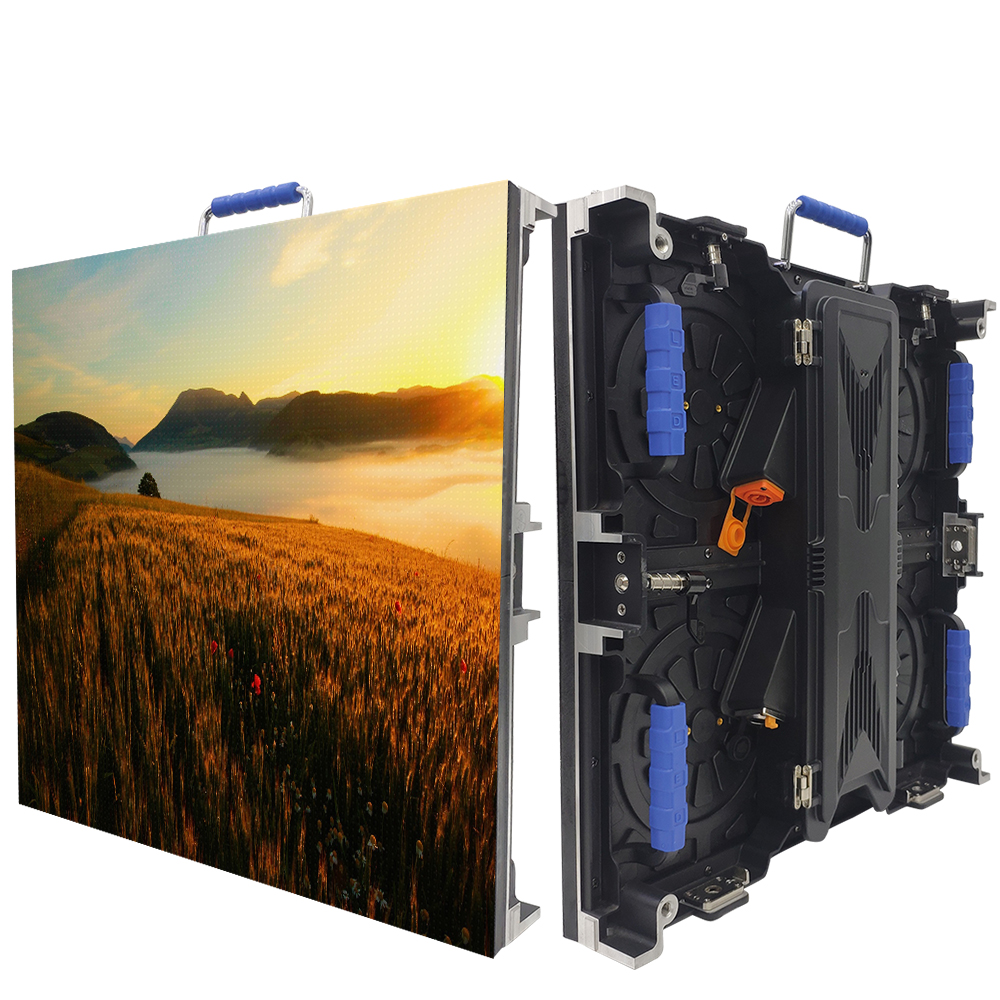Outdoor LED Screens: Unleashing the Power of Visual Communication
In today's fast-paced digital era, communication and advertising have undergone a remarkable transformation. Outdoor LED screens have emerged as a dynamic and versatile medium, revolutionizing the way we interact with information in public spaces. These large, bright, and vibrant displays have found applications in various industries, from advertising and entertainment to public information dissemination and beyond. In this article, we delve into the world of outdoor LED screens, exploring their technology, benefits, and the impact they have on our lives.
Understanding Outdoor LED Screens:
Outdoor LED screens, also known as LED billboards or digital display boards, are large electronic screens that use Light Emitting Diodes (LEDs) to display images, videos, texts, and animations. Unlike traditional billboards, which are static and limited in terms of content changes, LED screens allow for real-time updates, making them a more engaging and interactive communication tool.
Key Advantages of Outdoor LED Screens:
High Visibility: Outdoor LED screens are designed to be highly visible even in bright sunlight, ensuring that content remains eye-catching and impactful regardless of the weather conditions.
Dynamic Content: LED screens provide advertisers and content creators with the flexibility to display dynamic and interactive content. This capability allows for targeted messages, real-time updates, and engaging visuals that capture the audience's attention.
Cost-Effective Advertising: While the initial investment in an LED screen may seem substantial, its long-term benefits outweigh the costs. Advertisers can share multiple advertisements within the same space, maximizing their reach and optimizing advertising budgets.
Environmental Considerations: LED technology is energy-efficient, consuming far less power compared to traditional lighting methods. This eco-friendliness aligns with the global push for sustainability and reduces the carbon footprint of outdoor advertising.
Applications of Outdoor LED Screens:
Advertising and Marketing: Outdoor LED screens have transformed the advertising industry, enabling brands to display captivating advertisements in high-traffic areas. From product promotions to video campaigns, LED screens elevate brand visibility and engagement.
Entertainment: LED screens have found their way into concerts, sporting events, and festivals, enhancing the audience's experience with larger-than-life visuals and live broadcasts.
Public Information: Governments and municipalities utilize outdoor LED screens to share critical information, emergency alerts, public service announcements, and traffic updates.
Wayfinding and Navigation: In urban centers and transportation hubs, LED screens assist pedestrians and commuters with real-time directions, maps, and transit schedules.
Challenges and Future Developments:
While outdoor LED screens offer immense benefits, there are challenges to address, such as potential light pollution and regulations regarding screen sizes and locations in urban environments. Striking a balance between effective communication and environmental impact remains crucial.
As technology continues to advance, we can expect further improvements in outdoor LED screens. Innovations may include higher resolution displays, flexible screens for irregular surfaces, and even advancements in augmented reality integration for more immersive experiences.
Outdoor LED screens have become an integral part of modern urban landscapes, reshaping how we interact with information and advertising in public spaces. With their high visibility, dynamic content capabilities, and potential for widespread applications, these screens have proven to be a powerful tool for visual communication. As we move forward, finding the right balance between harnessing the potential of outdoor LED screens and mitigating any negative impacts will be key to ensuring their continued success in enhancing our daily lives.
For More Info:-

Comments
Post a Comment